
Quality Control: Dealing with Diacetyl
SUBSCRIBERUnderstanding this off-flavor, how to test for it, and how to reduce it is key to producing commercially viable beer.
Showing 201-220 of 824 articles

Understanding this off-flavor, how to test for it, and how to reduce it is key to producing commercially viable beer.
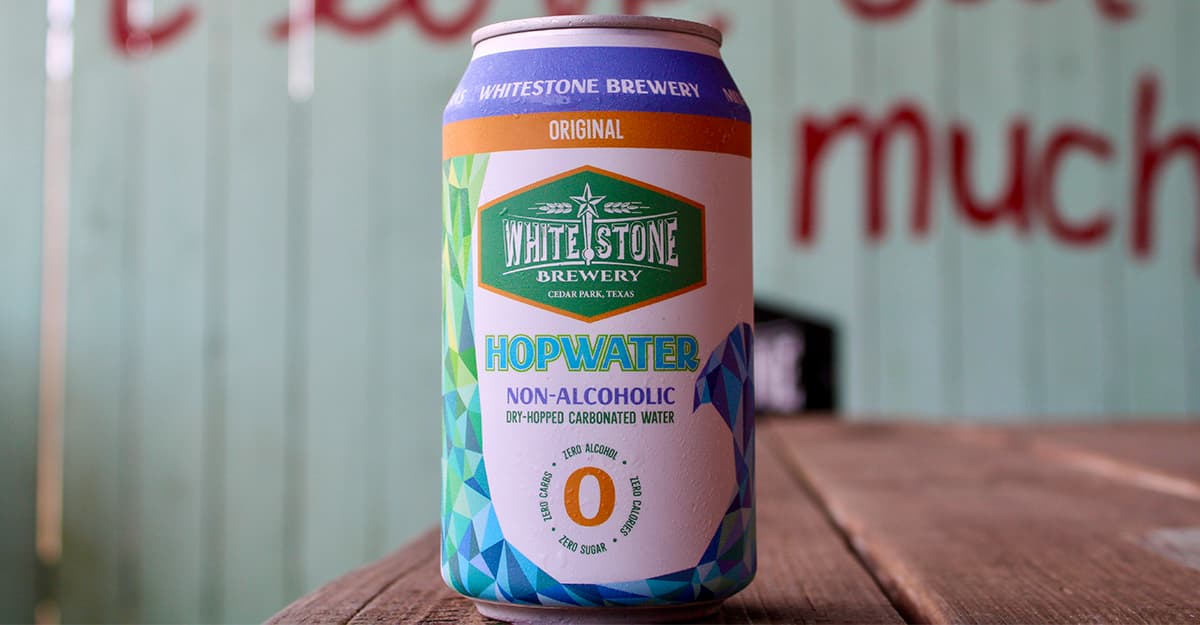
Bubbly, dry, quenching, and unencumbered by alcohol, calories, or carbs, hop water is gaining momentum—but is it a fit for your brewery? In the first of a two-part series, here are some key considerations.
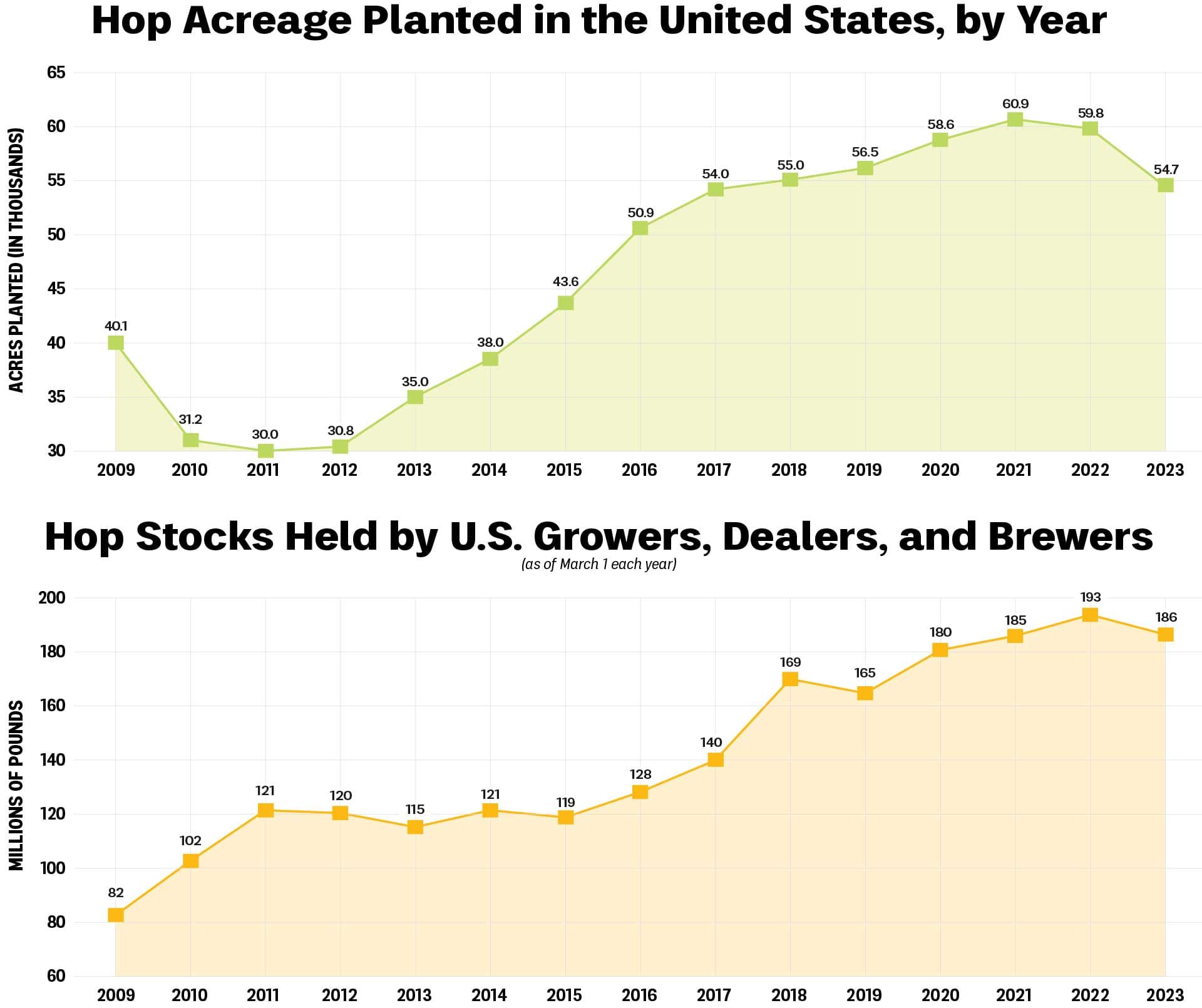
As hop growers and the brewing industry manage an ongoing hop surplus, farmers this year planted fewer acres. But will that mean fewer hops? Here, we sketch out the past 15 years of hop acreage, as well as hops kept in stock over that time.
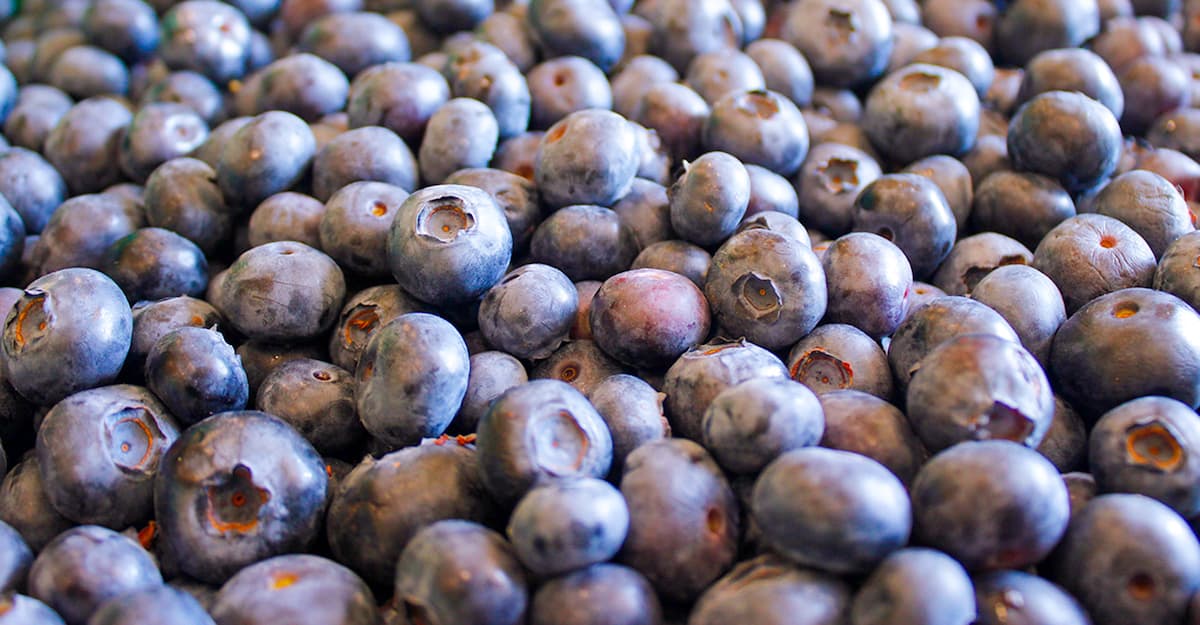
Whether using whole fruit or purees, breweries benefit by estimating their needs in advance.

The Hawaii-based brewery plans to release a beer called Kokua, with all proceeds going to relief efforts, and it invites all interested breweries to join the project and brew a Kokua beer.

Are common misconceptions contaminating your cellar? We asked the yeast labs about what things brewers often get wrong. Here’s their advice.
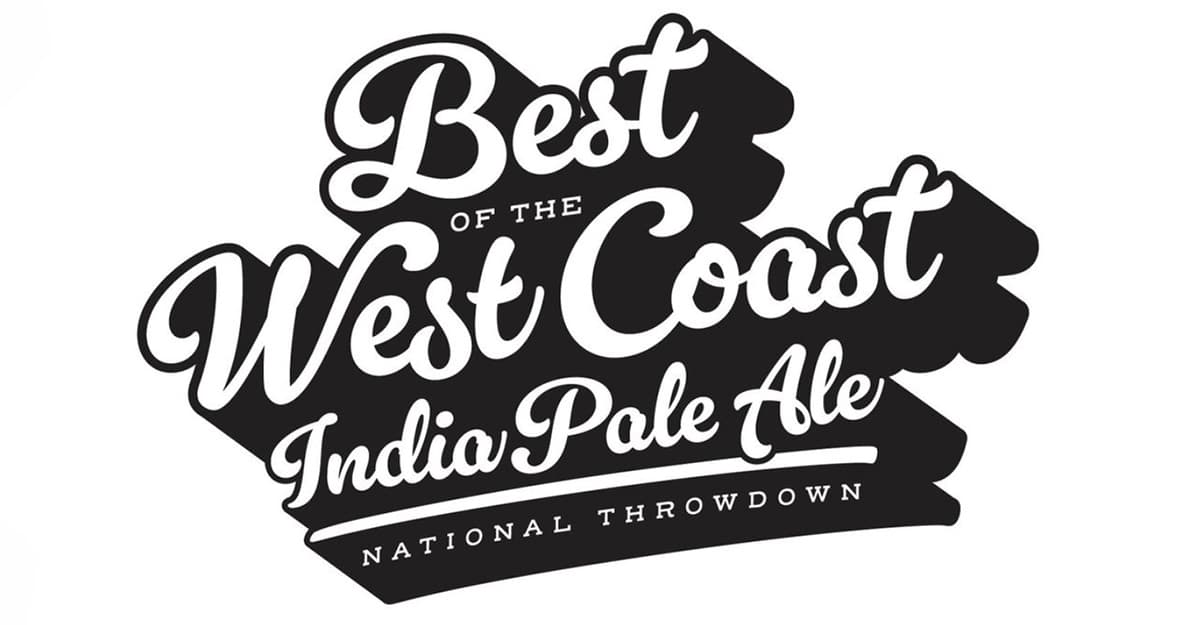
Organized by the Oregon Brewers Guild and open to breweries across the country, the inaugural Best of the West Coast IPA National Throwdown recently named its winners from among 200 entries.
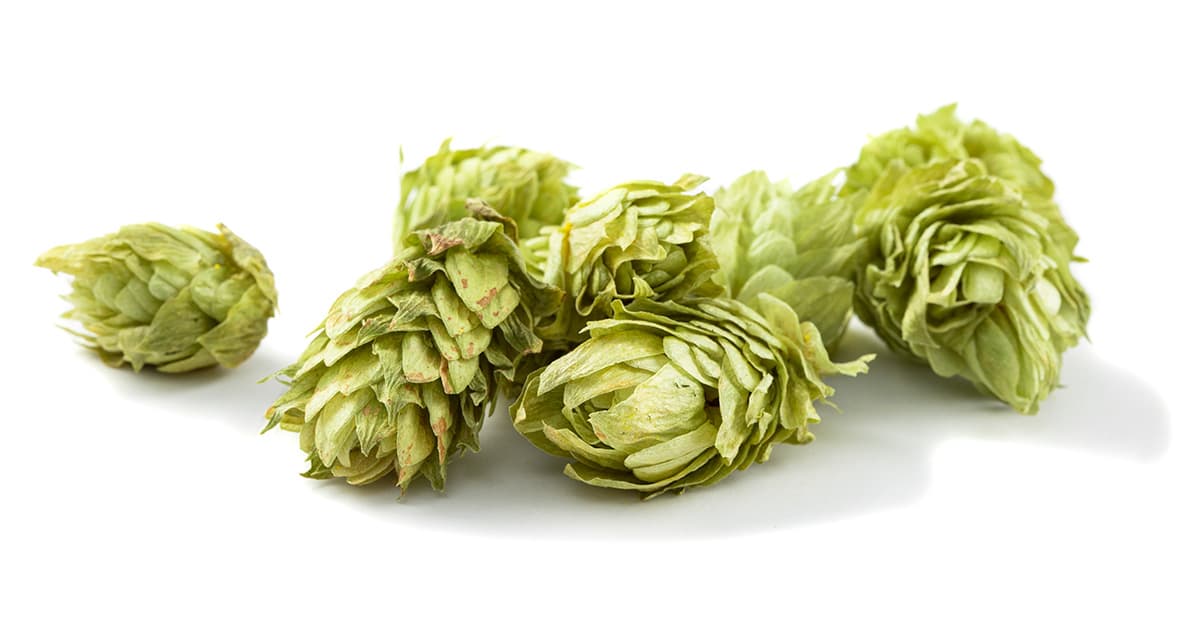
The art of hop blending is getting a nudge from science. Research from Great Britain and Japan identifies hops and compounds that work better when they’re together—and they can also simulate the profiles of more sought-after varieties.
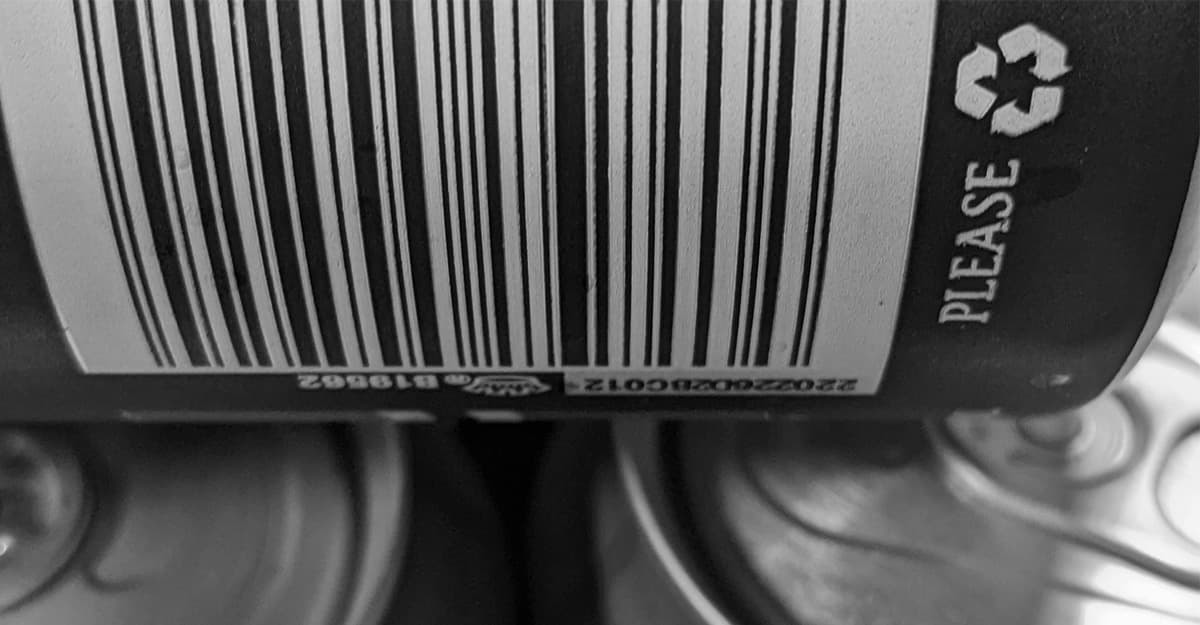
Walmart, the country’s largest retailer, says it will require unique UPCs for each seasonal and variety pack—and other stores may follow suit. From the potential for packaging headaches to changing sales data, here’s what breweries need to know.
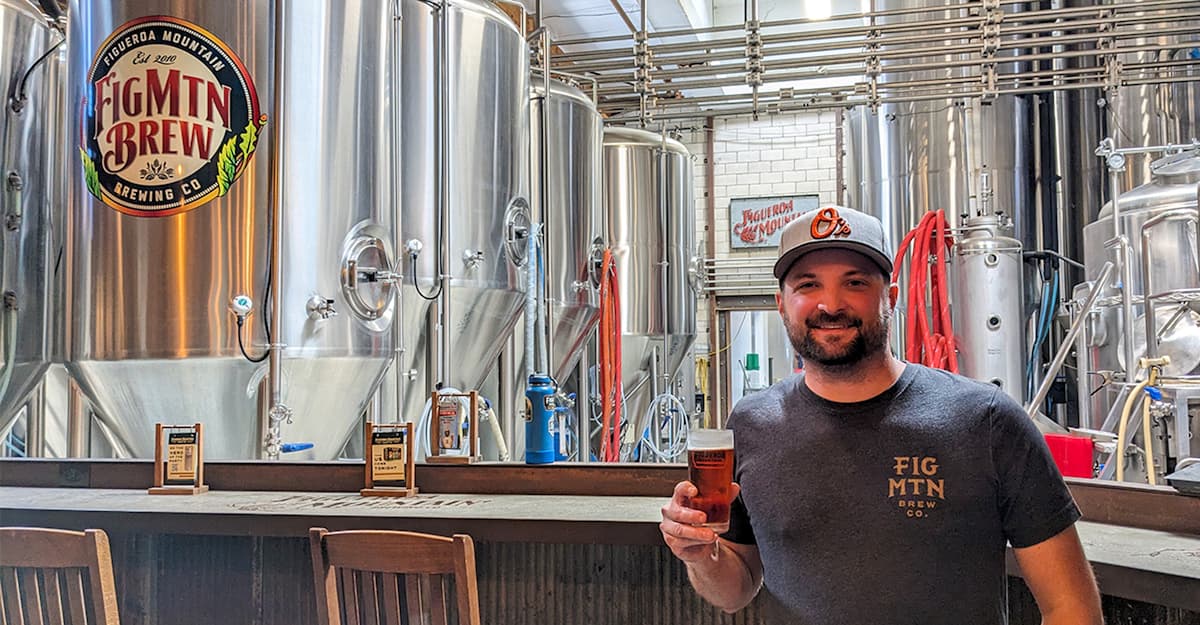
Kevin Ashford, the award-winning brewmaster at Central California’s Figueroa Mountain, has some thoughts on the future of lager and New World hops. Are we already looking at the next pivotal moment in the evolution of craft beer?

Independent of state guilds and tourism boards, breweries are teaming up in creative ways to encourage multi-brewery visits.

From the latest Anchor twist to hazy genes, here are some news and announcements from around the industry.
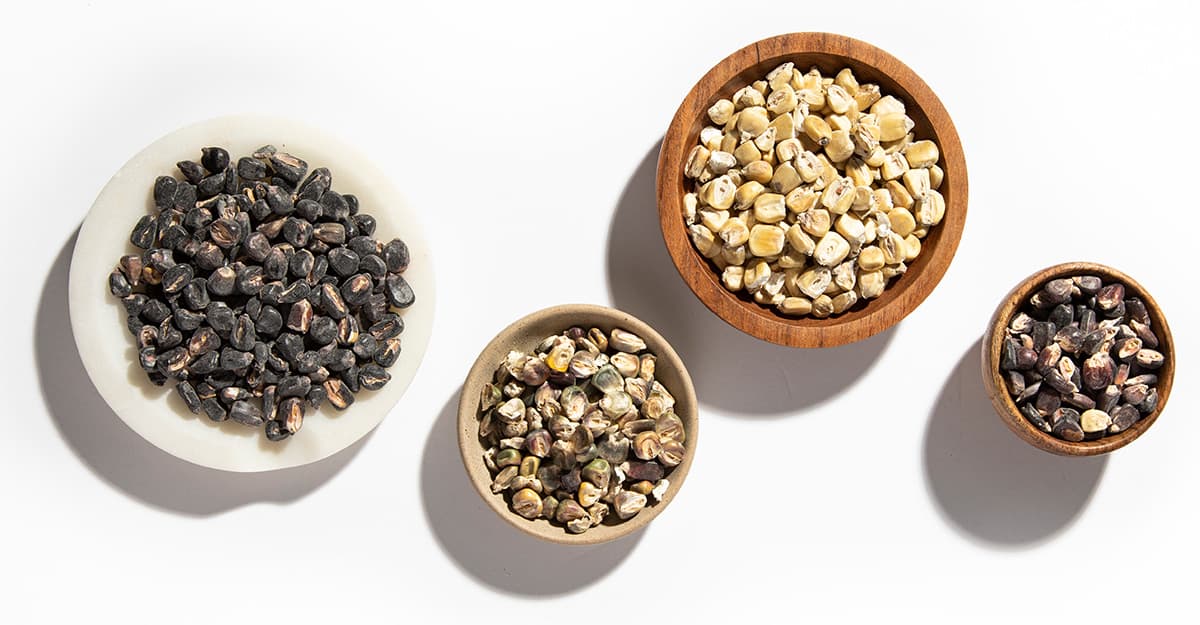
While malted corn isn’t always easy to work with, craft maltsters and brewers are figuring out how best to use what is essentially a new and flavorful ingredient. As interest grows, so will the options and the expertise.

Brewers don’t make beer, yeast do—but they also make a lot more yeast. Here’s a look at some of the specialized gear that brewers use to propagate and ensure consistent pitches from batch to batch.
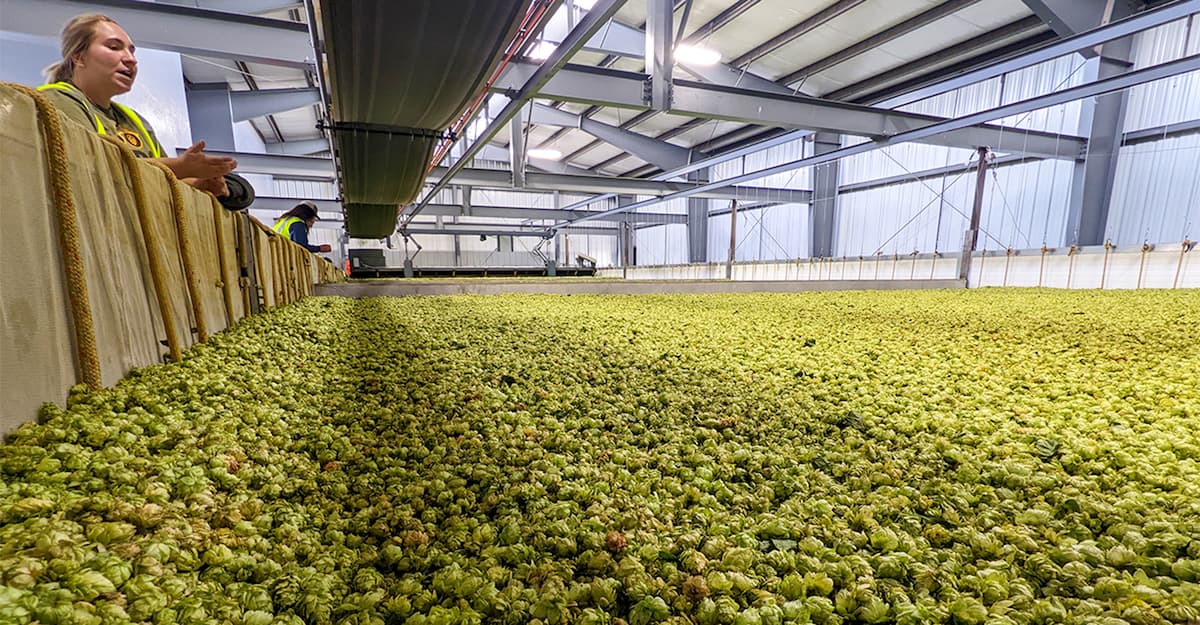
Growers have reduced acreage, but that’s only part of a complex story. As the 2023 harvest approaches, balancing the market means reducing surpluses and figuring out how to do a better job of measuring true demand.

For an industry that struggles to attract new kinds of customers, there are lessons to be learned at Talea Beer. Cofounded by Tara Hankinson and LeAnn Darland, the brewery and its taprooms are building a strong following among the women of New York City.

Simply having great beer is no longer enough, and on-site pie is a hit any way you slice it. Using pizza as a prism, here are three operational approaches to drawing more customers with food.

The cofounder of Roadhouse Brewing in Jackson Hole, Wyoming, discusses growing with confidence, the challenges of integration, and how sustainability helps the bottom line.
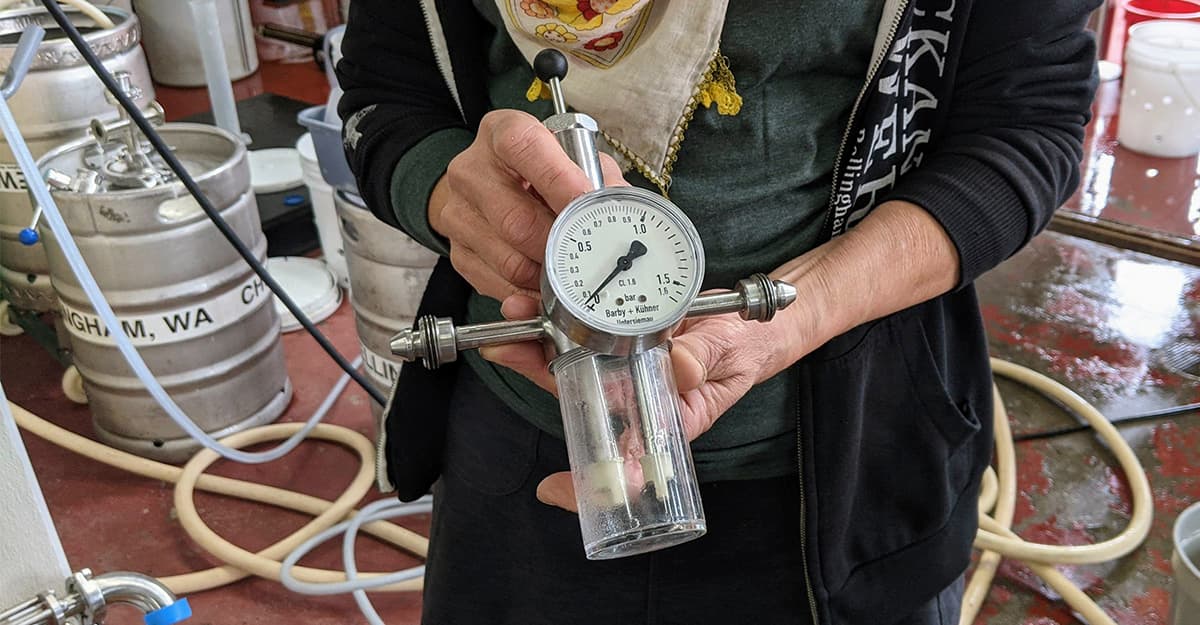
A method known to the largest lager brewers and many homebrewers remains relatively rare at small breweries—pressure fermentation. When properly applied, it can be an effective way to trim tank time and control the quality of cleaner-fermenting beers.
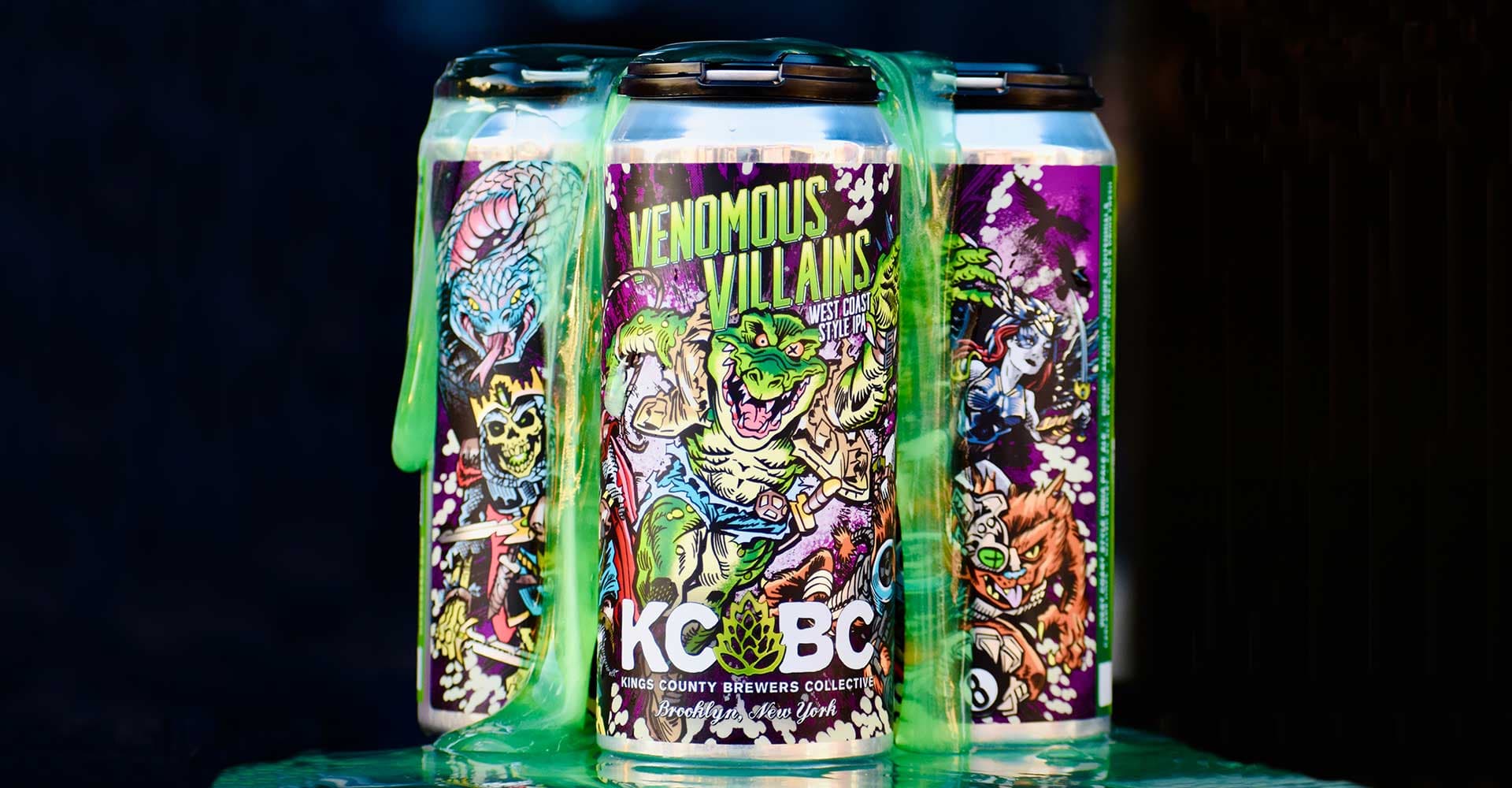
From nostalgia and augmented reality to big cans and clear communication of flavor, here’s how today’s breweries are standing out on increasingly crowded retail shelves.